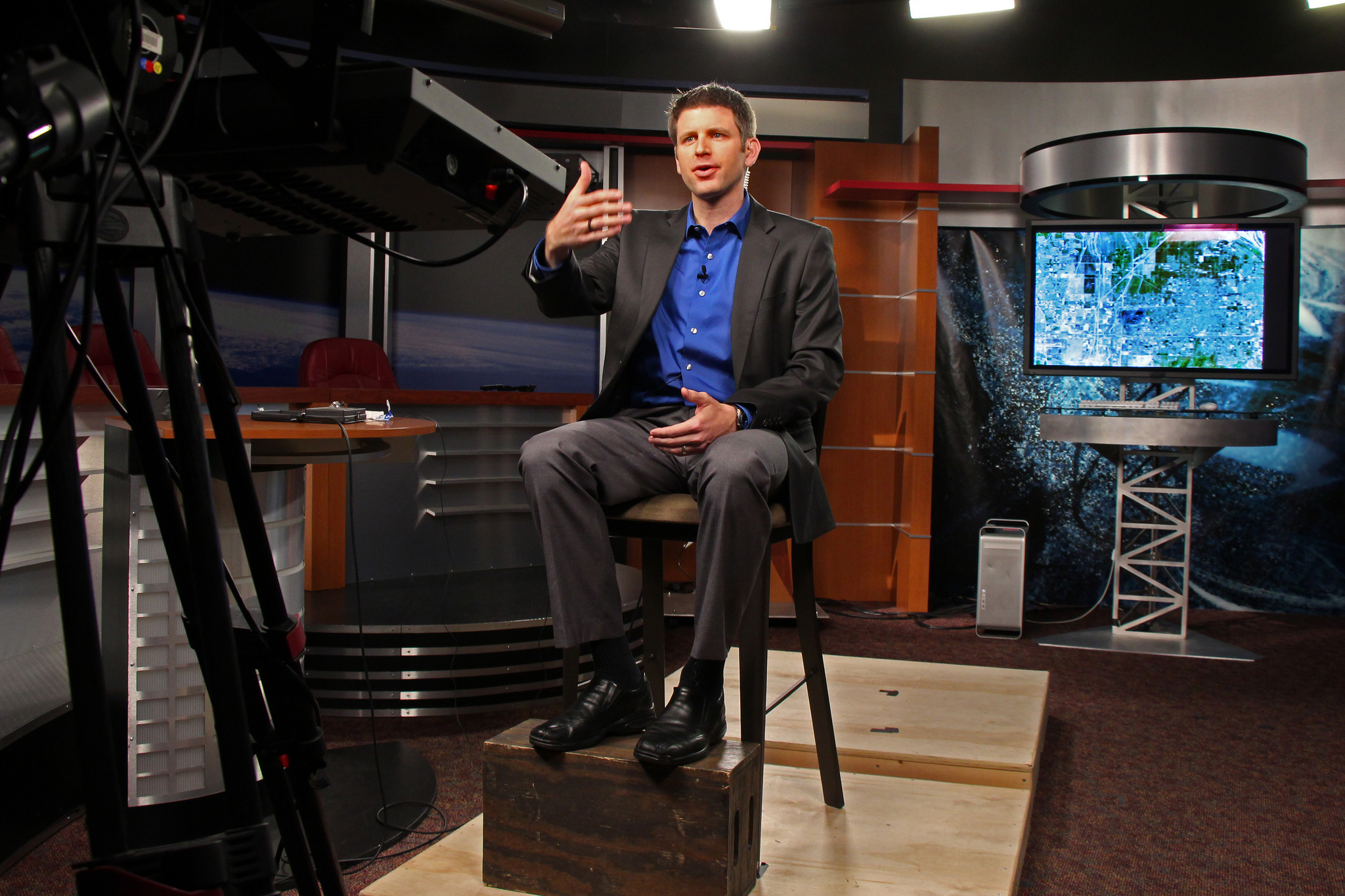The 27/9/3 key message grid is a great format for creating three concise soundbite-length messages that work on TV, radio, print, and social.

Image: NASA Goddard Space Flight Center
This article is part of a series on creating key messages. I recommend reading the article on how to create key messages first.
The 27/9/3 message grid is often used in risk and crisis communication. The Center for Disease Control, World Health Organization, and Environmental Protection Agency all use it and refer to it as “message mapping”. It helps these organizations get critical information to the public that is quick, the language simple, the message memorable.
You can use the grid anywhere. Startups can use it to structure their pitch. Political campaigns and organizations can create messages in the grid to focus their narrative.
It encourages pithy messages, focus, and discipline. I love the 27/9/3 format.
What does 27/9/3 refer to?
The Center for Risk Communication analyzed 10 years of print and media coverage of emergencies and crises in the US and found that:
- The average length of a sound bite in the print media is 27 words;
- The average duration of a sound bite in the broadcast media is nine seconds;
- The average number of messages reported in both the print and broadcast media is three.
This isn’t just a feature of crisis comms media. In 2011 NPR noted that the average political soundbite is nine seconds. 140 character tweets take about nine seconds to say.
Principles of great key messages
Before you try to get your messages in this grid recall the steps for developing key messages:
- Understand frames, have your narrative, and know the basics of persuasion
- Creating your key messages
- Three features of great messages
- Appeal to emotion
- Be careful with numbers
- Be willing to adapt
- Remember the rule of three
- Test them
- Practice
Dr. Vincent Covello suggests additional principles to follow when using messages in this format:
- order your messages;
- simplify your message when required;
- cite third parties.
Order your messages
State the most important messages first and last. People are less likely to hear or remember the middle message.
Simplify your messages
Writing your messages for 10th to 12th grade level (15-17 years old) is good goal in public communication. You will have to adjust this depending on context and the situation. During a high stress situation it’s best to simplify your message to 6th to 8th grade level (11-13 years old).
Cite Third Parties
If information from a credible third-party will improve your message, use it.
How to use the 27/9/3 format
I have created messaging for an imaginary campaign working to stopping overfishing the oceans and messaging for an imaginary (but familiar) startup. This is not based on first-hand experience working on these campaigns — they simply demonstrate good messaging and how to use the 27/9/3 format.
All the key message formats use these two examples for easy comparison.
Word counts (in red) go left to right for key messages and from top to bottom for supporting messages.
These messages would be delivered in an interview as follows:
Our fish are dangerously close to extinction — this is because almost all of the ocean is unprotected. We’re not too late. We can turn this around.
What does this mean? First let’s look the problem of overfishing. Two-thirds of all fish stocks are overfished. Popular fish like tuna and salmon are under threat and at current rates we’ll run out of fish by 2050.
Here’s what happens in these unprotected areas. Boats with nets a mile long wipe out fisheries quickly. These nets catch millions of sharks, dolphins, and whales — they take all the fish and move on.
What can we do? We can protect more ocean. Only one percent of the ocean is protected, but, when protected, fish bounce back quickly like flounder in the Atlantic. So, we must protect 30 percent of the ocean.
The areas in bold and italics are transitions — they are your key messages, restated. These may be cut out of a soundbite and a newspaper story — that’s fine.
If you briefly pause either side of your transitions you will help the editors cut your soundbite into the story easily. What a coincidence your soundbites are the perfect length!
If you’re in a live interview your key messages and supporting messages could be your opening answer. You should return to your key messages throughout the interview.
It’s obvious to a newspaper journalist where the good quotes are.
If you’re writing a press release a 27 word quote works nicely.
Final thoughts
There is an enormous amount of information packed into the 27 seconds. That’s why I love this format for messaging — it encourages rich, pithy quotes.
Try it. It takes a bit of effort to get your messages this concise, but it’s worth it — I promise.
More information
- Download this key message template
- A step by step guide to creating great key messages
- Other key message formats
- Dr Vincent Covello demonstrates the 27/9/3 format in crisis situation